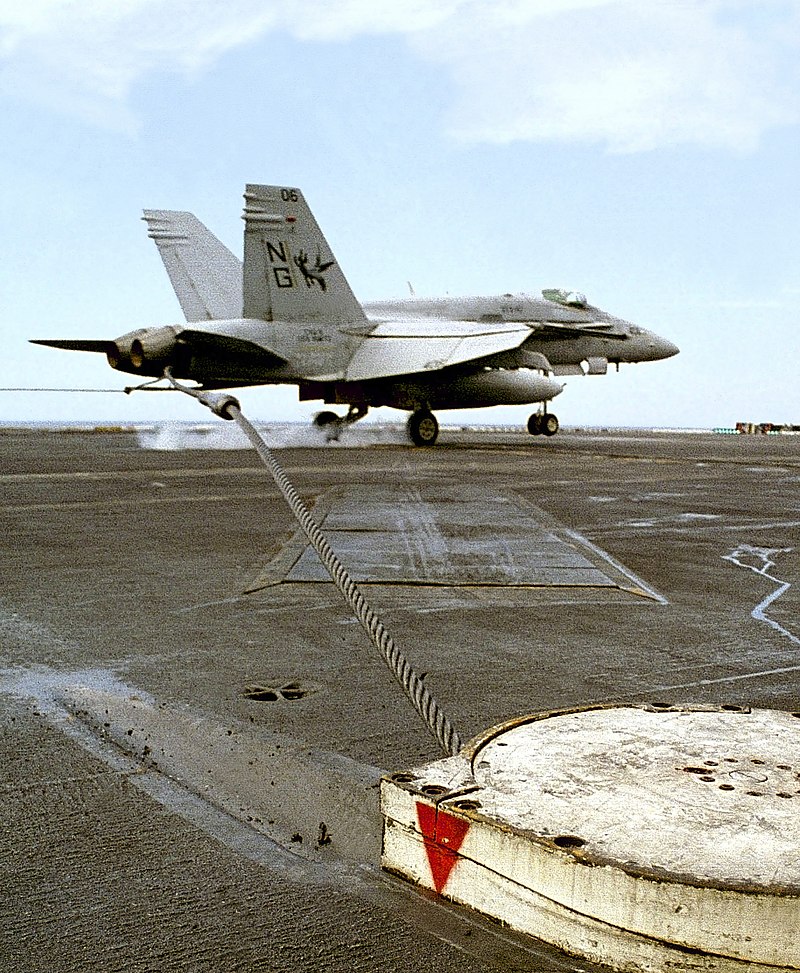Types of Aircraft Arrestors
Aircraft arrestor systems are designed to safely decelerate aircraft during emergency landings or aborted takeoffs. There are several types of arrestor systems, each with unique features and applications. In this article, we will explore the different types of aircraft arrestors , including cable arrestors, net arrestors, and Engineered Materials Arrestor Systems (EMAS).

Cable Arrestors
Cable arrestor systems, also known as arresting gear, consist of one or more steel cables stretched across the runway or flight deck. These cables are designed to be caught by an aircraft's tailhook, a sturdy hook attached to the underside of the aircraft. When the tailhook engages with the cable, the aircraft is rapidly decelerated, allowing it to come to a safe stop within a short distance.
Cable arrestors are commonly found on military airfields and Navy aircraft carriers. They are particularly well-suited for high-performance aircraft, such as fighter jets, which require a rapid deceleration during landing. Cable arrestor systems are designed to be highly reliable and capable of withstanding the immense forces generated during an aircraft's engagement.
Net Arrestors
Net arrestor systems use a large, durable net to safely capture and decelerate an aircraft during an emergency landing or aborted takeoff. The net is typically constructed from high-strength materials, such as nylon or Kevlar, and is designed to absorb and distribute the force of the aircraft's impact, bringing it to a controlled stop.
Net arrestors are often used at both military and civilian airfields as an additional safety measure for emergency situations. They can be installed at the end of a runway or strategically placed along the runway to provide coverage for specific areas of concern. Net arrestor systems are generally considered a more flexible and cost-effective alternative to cable arrestor systems, as they can be easily deployed and retracted when needed.
Engineered Materials Arrestor Systems (EMAS)
Engineered Materials Arrestor Systems (EMAS) are a type of arrestor system specifically designed for use at civilian airports. EMAS consist of crushable materials, such as lightweight concrete or foam blocks, installed at the end of a runway. When an aircraft overruns the runway and enters the EMAS, the crushable material absorbs the aircraft's kinetic energy, decelerating it in a controlled manner and preventing potential damage or injuries.
EMAS has become increasingly popular at civilian airports due to its effectiveness in reducing the severity of runway overrun incidents and its relatively low cost compared to other arrestor systems. The Federal Aviation Administration (FAA) has endorsed the use of EMAS at airports in the United States, and numerous installations have been completed at airports worldwide. EMAS provides an additional layer of safety for passengers, crew, and ground personnel while minimizing the risk of damage to aircraft and airport infrastructure.
Barricade Arrestor Systems
Barricade arrestor systems are another type of arrestor system that is sometimes used at military airfields. These systems consist of a large, web-like barrier constructed from high-strength materials, such as nylon or Kevlar, that is strung between two poles. The barricade is designed to catch an aircraft's wings or fuselage during an emergency landing, providing rapid deceleration and preventing the aircraft from overrunning the runway.
Barricade arrestor systems are not as common as other types of arrestor systems, but they can be an effective solution in certain situations. They are typically employed when an aircraft is unable to engage a cable arrestor system due to a malfunctioning tailhook or other technical issues.
Hybrid Arrestor Systems
Hybrid arrestor systems combine elements of different types of arrestor systems to provide a comprehensive solution for various types of airfields. For example, a hybrid system might include cable arrestors for military aircraft and EMAS for civilian aircraft at a joint military and civilian airfield. These systems can be customized to meet the specific needs and requirements of each airfield, ensuring the highest level of safety and performance.
There are several types of aircraft arrestor systems available, each with unique features and applications. The choice of arrestor system depends on factors such as the types of aircraft operating at the airfield, runway length, and the airfield's specific safety requirements. By selecting the appropriate arrestor system for a given airfield, aviation authorities can ensure the safety of pilots, passengers, and ground personnel while minimizing the risk of damage to aircraft and infrastructure.